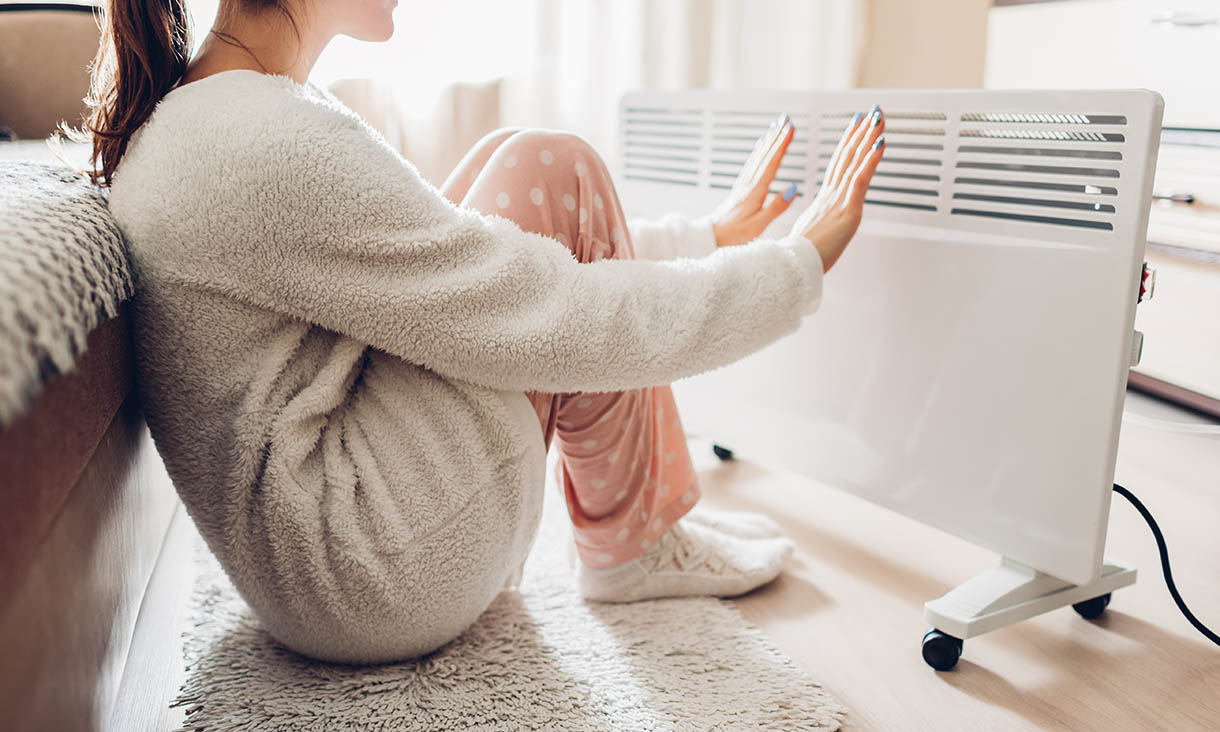Dr Nicola Willand can speak to why Australian houses are so cold, and how our regulations and culture reinforces the problem.
Dr Trivess Moore can speak to how ‘retrofitting’ can address the problem.
Professor Ralph Horne can speak to how Australian housing compares with housing overseas and why.
Dr Nicola Willand, School of Property, Construction and Project Management
Topics: healthy housing, residential energy efficiency, energy poverty, energy justice, retrofits.
“Australian homes tend to be uninsulated, draughty and fitted with inefficient heaters.
“This means that warmth dissipates quickly once heating is switched off, air movement between heated areas and the colder walls and windows make people feel uncomfortable, and it makes heating very ineffective and expensive.
“Australians build some of the largest homes in the world, and bigger areas translate into higher energy demand.
“Even though new homes are more energy efficient, central heating in these large homes can be too expensive if householders are burdened with high mortgage payments. Restricting heating to one or two rooms is difficult, as heating control is limited, with many homes having a maximum of two zones to switch on/off.
“However, cold homes are also considered normal in Australia.
“In our research, we have often heard people say, “Of course my home is cold in winter, but not colder than anyone else’s”.
“Coping practices such as wearing coats and onesies are socially acceptable practices. Watch Gogglebox and you’ll see participants rugged up with blankets, hoodies and mugs of hot drinks and wearing sheepskin boots, protecting them from the cold air and naturally insulating against cold floors.
“Many people are unaware of the health risks associated with cold homes. Keeping warm advice that focuses on body warmth ignores the risks of cold indoor air for respiratory and heart health, infections and mould.
“For renters, minimum rental standards in Victoria call for one heater in the living area.
“This leaves bedrooms cold and at risk of mould, or tenants must use expensive portable electric heaters.
“A least Victorian tenants get a fixed heating appliance. The NSW social housing guidelines restrict the provision of heating devices to dwellings in the cool temperate and alpine climate zones.
“Even Australian regulatory standards reinforce underheating.
“The National Nationwide House Energy Rating Scheme (NatHERS), which governs the home energy star ratings for new dwellings, assumes that living room heaters are switched off between midnight and 7am.
“Unless homes are well insulated and draught proofed, the warmth will slowly dissipate and result in cold kitchens and living areas in the morning.
“NatHERS also assumes a heating thermostat setting in bedrooms of 15°C, which is lower than the 18°C recommended by the World Health Organisation, between midnight and 7am in the morning.
“Hence, the NatHERS assumptions suggest that being cold at 7am, when most of us are getting ready for work and school, is acceptable.
“By contrast, energy efficiency ratings in other countries will assume heating in all rooms and at all hours of the day and night.
“That ‘chill in the morning’ is a certainly a widely shared experience in Australia – but it shouldn’t be.”
Dr Nicola Willand is an expert in sustainable and energy efficient buildings and the links between housing and health. She is a Chief Investigator in the Australian Research Council Linkage grant ‘Household energy efficiency transitions (HEET): Scaling up affordable urban retrofit’, and has led several projects on energy poverty in Australia. She is a member of the RMIT Centre for Urban Research and the Sustainable Building Innovation Lab.








